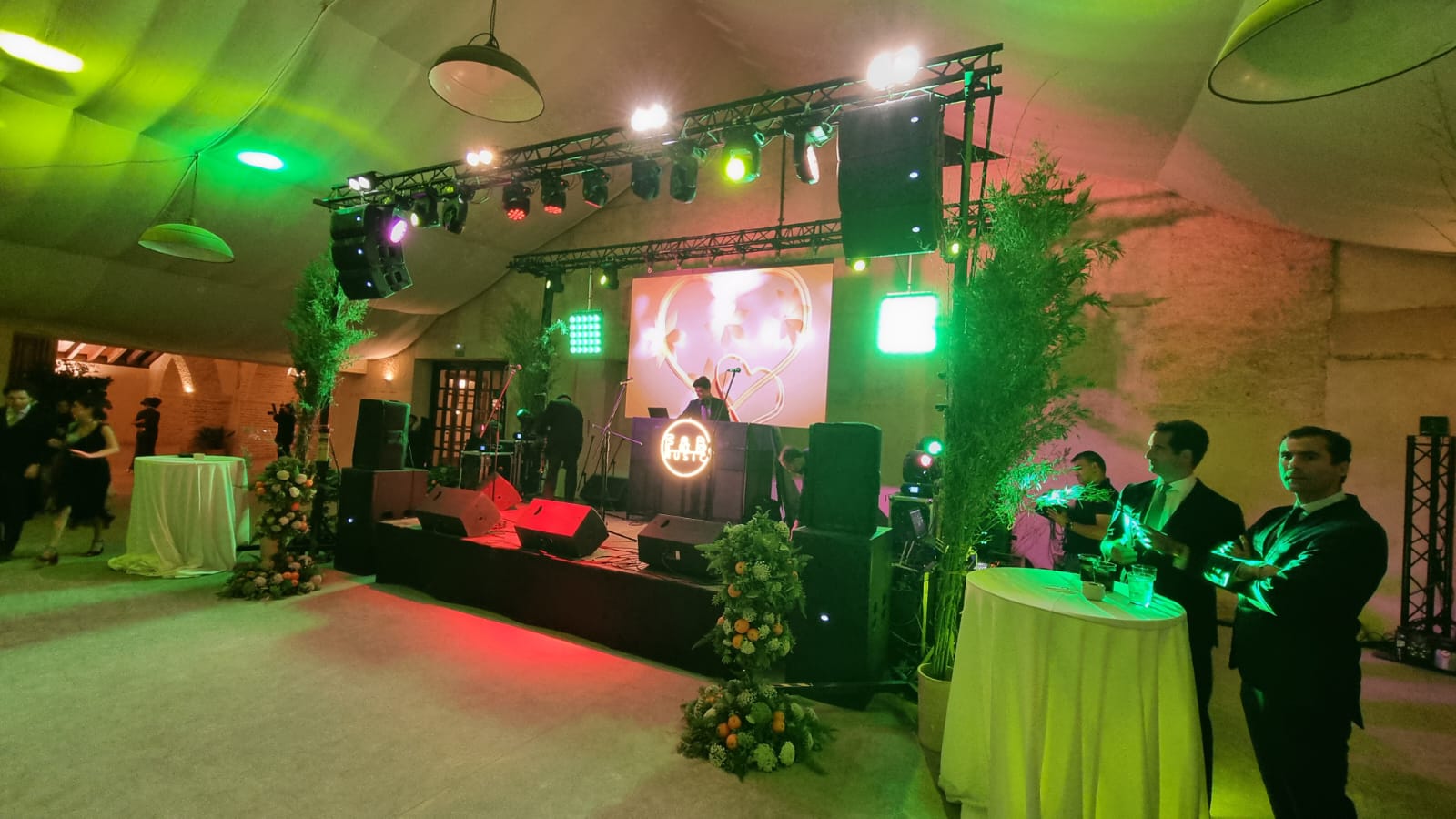When it comes to advertising with, the choice between indoor and outdoor LED screens depends on specific goals, environments, and needs. Both options have unique features, advantages, and limitations, making it essential to compare their characteristics. Below, we explore the key differences and determine which type is better suited for different applications.
Understanding Indoor LED Displays
Indoor LED displays are designed specifically for indoor use, where environmental conditions are controlled. Their features and functionality cater to indoor settings like offices, shopping malls, and conference halls.
Common Applications:
Retail stores: For promotional content or product highlights.
Hospitals and banks: For queue management and announcements.
Restaurants and cafes: Displaying menus or advertisements.
Corporate offices: Presentations and internal communication.
Key Features:
Size: Typically smaller, ranging from 1 to 10 square meters.
High Pixel Density: Provides sharp and detailed visuals for close viewing.
Moderate Brightness: Sufficient for environments without direct sunlight.
Flexible Installation: Wall-mounted or stand-alone, depending on the space.

Understanding Outdoor LED Displays
Outdoor LED displays are robust, large-scale screens meant for external environments. They withstand harsh weather conditions while maintaining visibility in bright sunlight.
Common Applications:
- Billboards: Along highways and city streets.
- Public spaces: Parks, plazas, and transportation hubs.
- Event venues: Stadiums or outdoor concerts.
- Building facades: For brand promotion or decorative purposes.
Key Features:
- Size: Generally 10 to 100 square meters or more.
- Ultra-High Brightness: Ensures visibility under sunlight.
- Durability: Waterproof, windproof, and weather-resistant.
- Long Viewing Distance: Designed for audiences viewing from afar.
Comparing Indoor and Outdoor LED Displays
Brightness
- Outdoor LED Displays: Have much higher brightness levels to counteract sunlight, making them visible even in direct daylight.
- Indoor LED Displays: Feature moderate brightness, ideal for controlled lighting environments. Using outdoor screens indoors can lead to discomfort due to excessive glare.
Viewing Distance
- Indoor LED Displays: Optimized for shorter viewing distances. They deliver sharp, high-definition visuals, even for close-up audiences.
- Outdoor LED Displays: Designed for long-distance visibility. Their pixel pitch and resolution are suitable for viewers from several meters away.
Durability
- Outdoor LED Displays: Built to withstand elements like rain, wind, and UV rays. They are often encased in weatherproof housings for added protection.
- Indoor LED Displays: Less durable as they don’t face exposure to harsh environmental factors. They are optimized for controlled settings.
Installation
- Indoor LED Displays: Easier to install due to their smaller size and lighter weight. Common methods include wall mounting or freestanding structures.
- Outdoor LED Displays: Require more complex installation methods, including reinforcement for wind resistance and weatherproofing. They often need professional installation.
Pixel Pitch and Image Quality
- Indoor LED Displays: Feature smaller pixel pitches for higher resolution, which ensures clear images and text for up-close viewing.
- Outdoor LED Displays: Have larger pixel pitches to balance resolution with cost-effectiveness for distant viewing.
Price
- Indoor LED Displays: Generally more expensive per square meter due to their higher pixel density and enhanced image quality.
- Outdoor LED Displays: Larger in size but often less costly per square meter, thanks to their larger pixel pitch and simplified resolution needs.

Indoor vs. Outdoor LED Displays: Advantages and Drawbacks
| Aspect | Indoor LED Display | Outdoor LED Display |
|---|---|---|
| Brightness | Lower; suitable for controlled lighting | High; optimized for sunlight visibility |
| Viewing Distance | Short-range clarity | Long-range visibility |
| Durability | Limited; not weather-resistant | Highly durable; waterproof and weatherproof |
| Installation | Simpler; less reinforcement required | Complex; requires professional handling |
| Pixel Pitch | Smaller for high-definition visuals | Larger; optimized for distant viewing |
| Cost | Higher per square meter | Lower per square meter |
Practical Scenarios: Which One to Choose?
- Retail and Indoor Advertising
- Best Option: Indoor LED Displays
- Reason: High-resolution visuals, compact size, and moderate brightness suitable for short viewing distances.
- Highway Billboards and Public Spaces
- Best Option: Outdoor LED Displays
- Reason: Exceptional brightness, long viewing distances, and durable construction to handle weather conditions.
- Event Venues
- Mixed Use: Both Indoor and Outdoor LED Displays
- Reason: Indoor screens for backstage or audience areas; outdoor screens for announcements or entertainment outside the venue.
- Corporate Presentations
- Best Option: Indoor LED Displays
- Reason: Precise resolution and shorter viewing distances make these ideal for office spaces.
- Sports Stadiums
- Best Option: Outdoor LED Displays
- Reason: They provide large-scale visibility for spectators in open spaces while ensuring durability.
Challenges in Using LED Displays
For Indoor Displays
- Space Constraints: Limited size options due to physical restrictions of indoor environments.
- High Costs: The demand for higher pixel density and better resolution increases costs.
For Outdoor Displays
- Weather Exposure: Despite being weatherproof, extreme conditions might still cause wear and tear over time.
- Complex Installation: Requires expert assistance, increasing setup time and costs.
Final Thoughts: Indoor vs. Outdoor LED Displays
Choosing between indoor and outdoor LED displays depends on your specific requirements. If you’re targeting audiences in a controlled environment where sharp, close-range visuals are crucial, indoor LED displays are the way to go. On the other hand, if your goal is large-scale advertising in public spaces, withstanding various weather conditions, outdoor LED displays will offer the best results.
Both display types excel in their intended applications, providing businesses and advertisers with versatile tools for engaging their audience effectively.
Post time: Dec-07-2024

